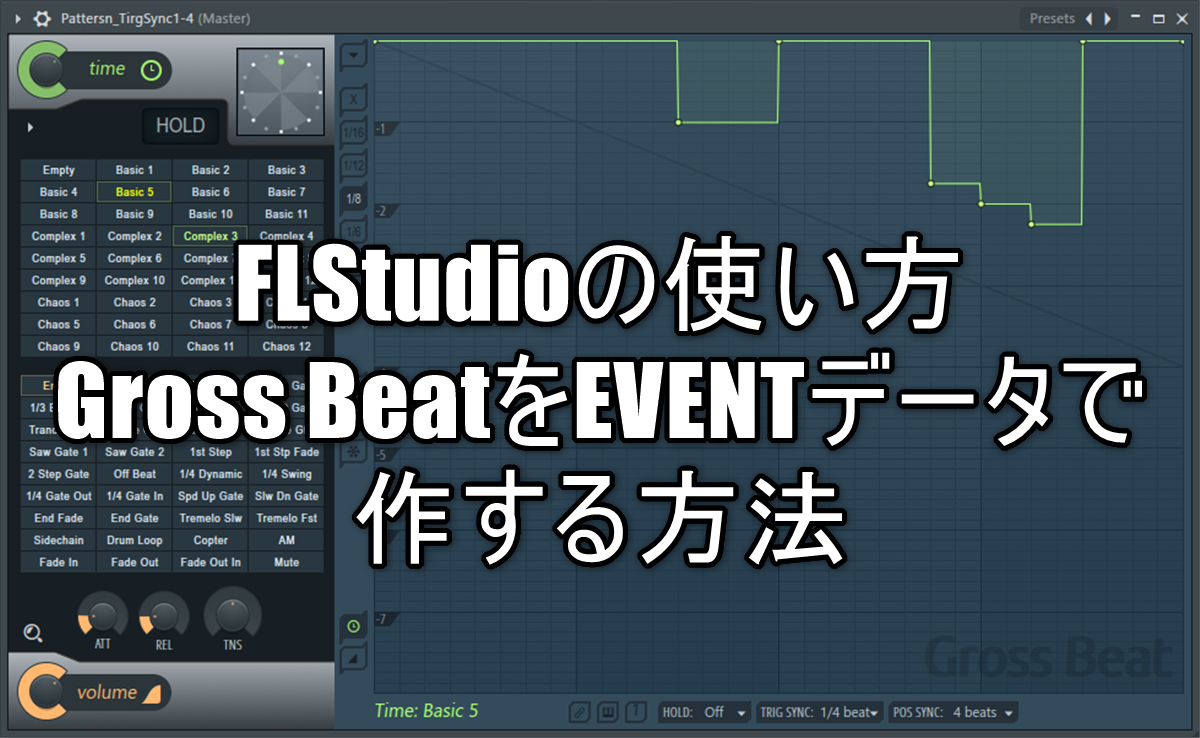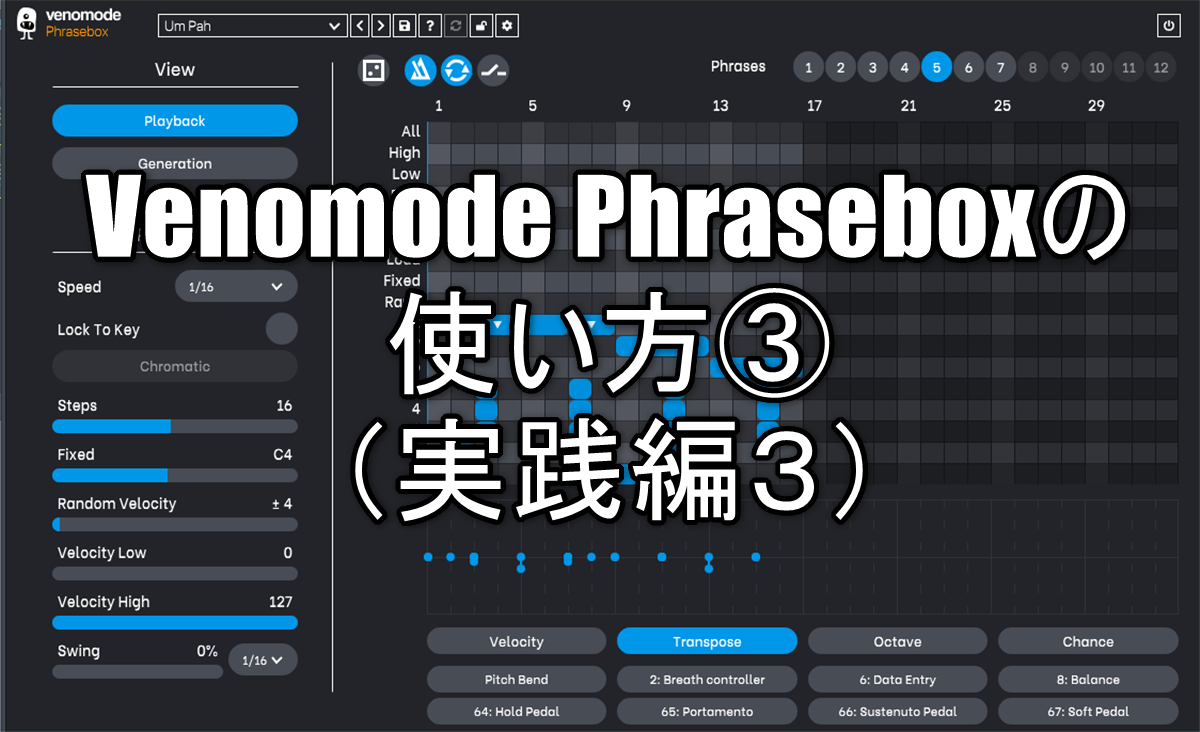[Free] Free distribution of FOUND SOUNDS FROM MARS, a collection of sound effects field-recorded with Samples From Mars (period unknown)
SamplesFromMars will distribute free samples again.
For the time being, let's get it without thinking about anything.
SamplesFromMars's sample packs are great, with formats for each DAW sampler.
It supports the following formats.
・ FL STUDIO
・ KONTAKT 5
・ LOGIC EXS24
・ WAV SAMPLES
This time, it seems that it was made by changing the pitch of the field-recorded sound, adding effects, recording it on tape, double speed, and 1/2 playback, instead of the sound of the drum machine etc. so far.
Overview
Contains re-recorded acoustic field recordings on tape.
In this release, field recording experts Jonathan Hyde, Adam News, and Simon Haynes have shot unique Foley and Acoustic Sound FX in a variety of natural environments (3 minutes total). Above voice).The results were taken back to SFM headquarters for tube saturation, tape re-pitching, and crazy Lexicon Vortex morphing.
Percussive and ambient sounds were recorded in a variety of environments, including nature, on the street, indoors, and in the studio, using a variety of materials such as wood, glass, plastic, and the human body.Vocals, rain hitting various things, thunder, traffic, sea, vinyl, elevators, refrigerators, bursting sounds of drills, pepper grinders, toasters, metal pots, coins, plastic boxes, metal gates, wood cuts , Twig creases, water droplets, PVC pipes, etc. were recorded.Our field recording setup was Sennheiser 416, Sound Devices 302, and Zoom H6. By using Sound Devices' excellent limiters, we were able to capture more shock releases.
To record stereo sound, I used Zoom's -20dB backup recording feature and blended the two recordings to get the same result.For the sound of glass breaking, I blended a zoom microphone and 2 to catch the impact.We also used contact microphones and condenser microphones for unusual sounds such as electrical signal noise.
We then layered different sounds, stretched, re-pitched, cropped, compressed, EQed, and in some cases added reverb and ambience.
When the sound was just right, I used Culture Vulture to tube saturate the whole thing.By setting the bias low, I was able to open up the release and get warmth and loudness.And by recording all the hits on tape at 15 lips and playing them at 7.5 lips and 30 lips, I was able to get new samples of lower and higher octaves.
Finally, we arrived at the secret weapon, Lexicon Vortex. Lexicon Vortex is lesser known, but it's very cool.Great for anomalous resonant modulation, dynamic delay, and wild stereo imaging. This effect was also used by Daft Punk on tour in the 90's.
The result is a custom collection of percussive and ambient follies.This folly is reused in modern music production and is especially suitable for layering with traditional drum samples.
![[Free] Free distribution of sound effects collection FOUND SOUNDS FROM MARS field-recorded with SamplesFromMars (period unknown) 1 2021 04 06 01x08 58](https://chilloutwithbeats.com/wp-content/uploads/2021/04/2021-04-06_01h08_58.png)


Comment